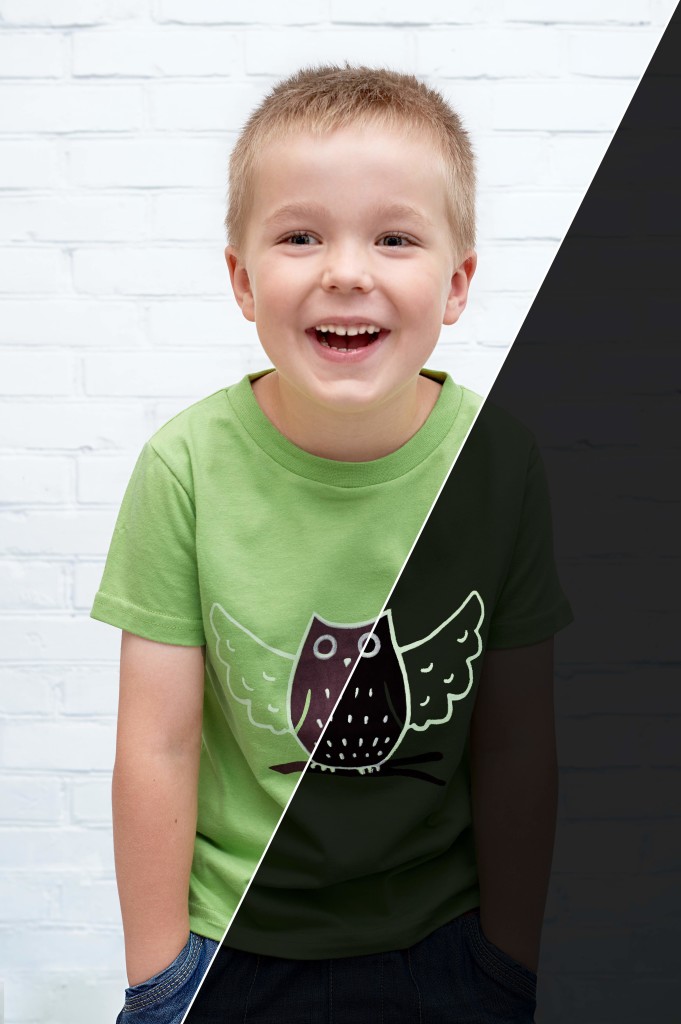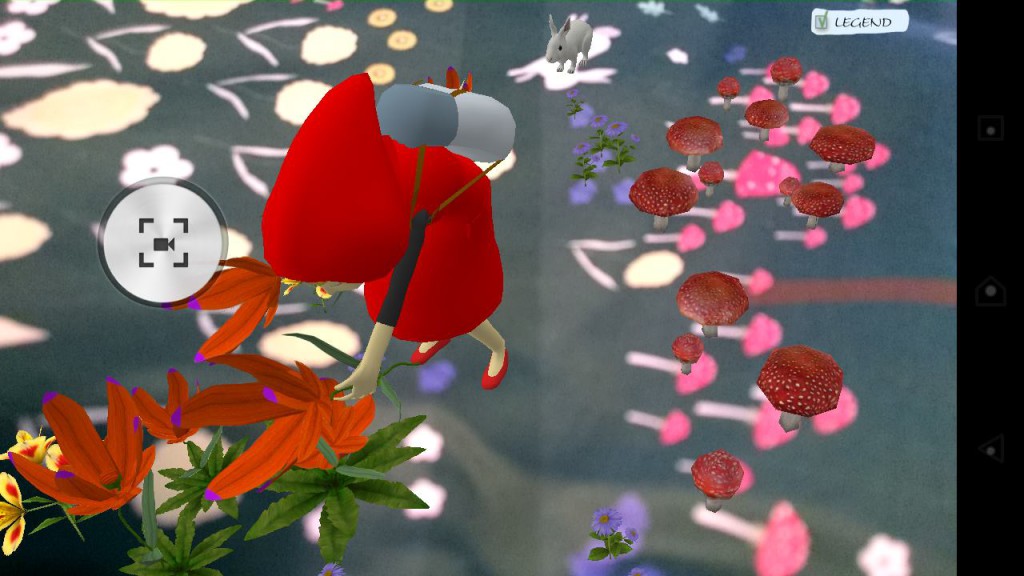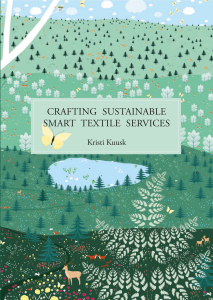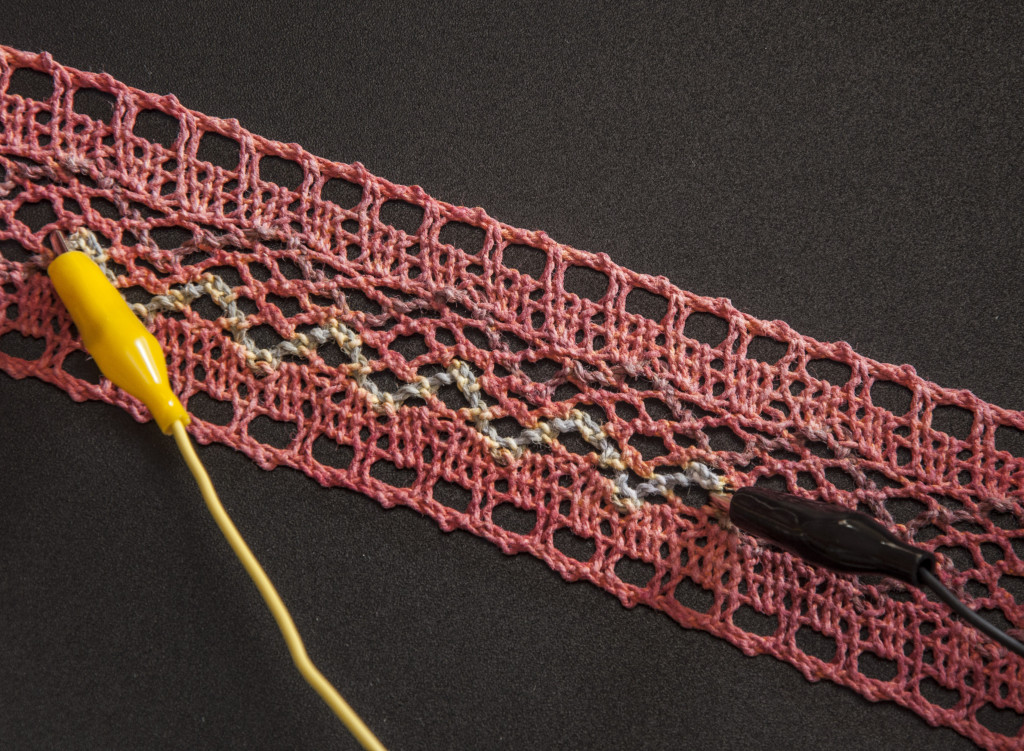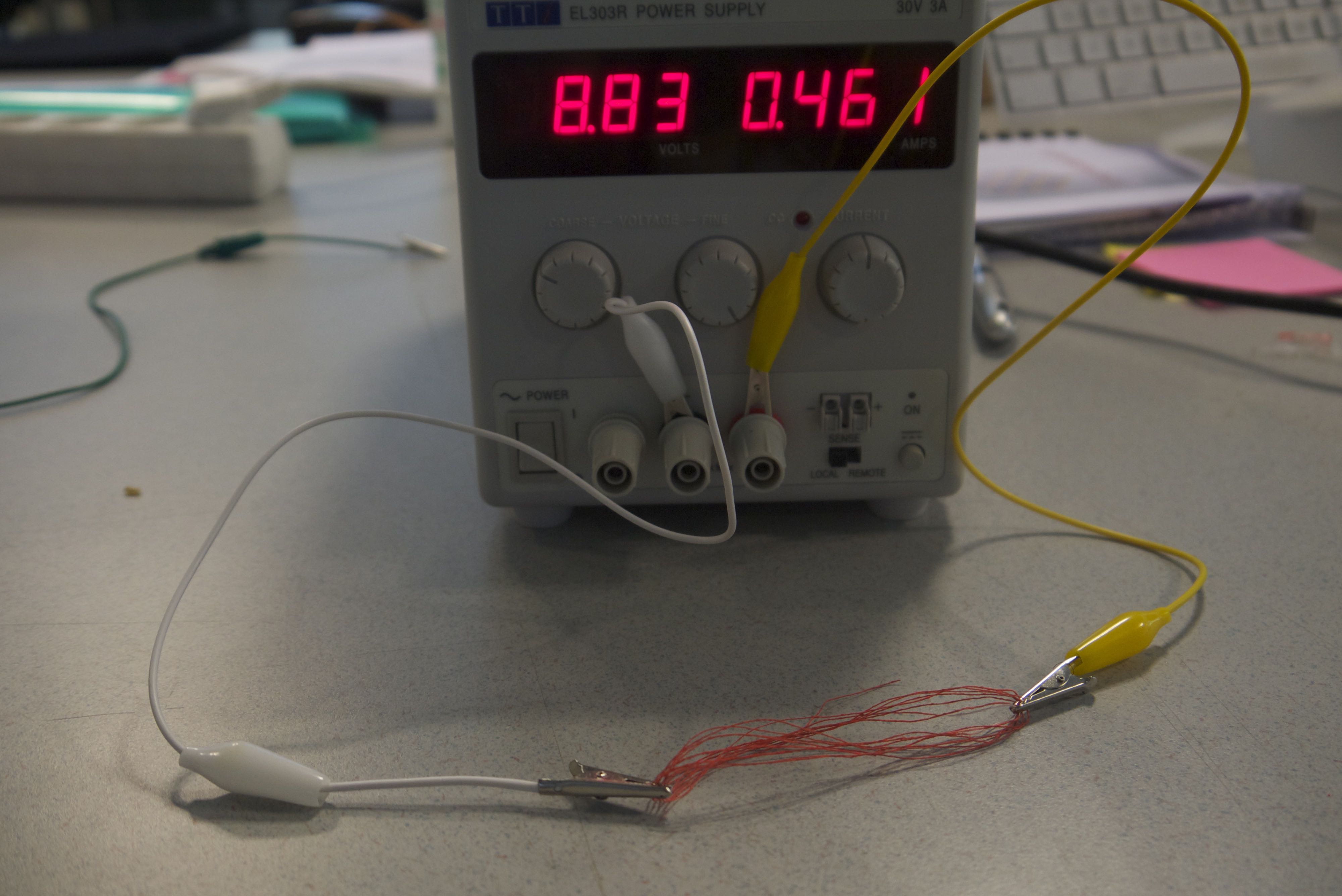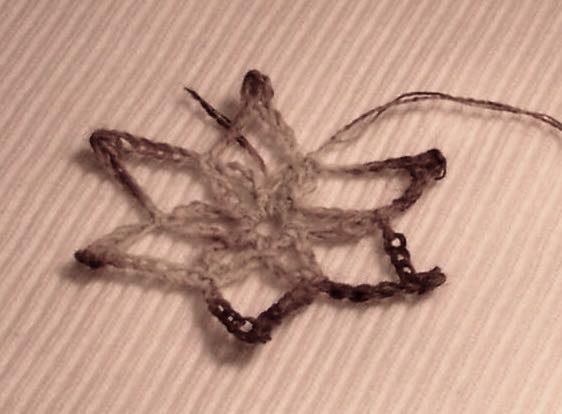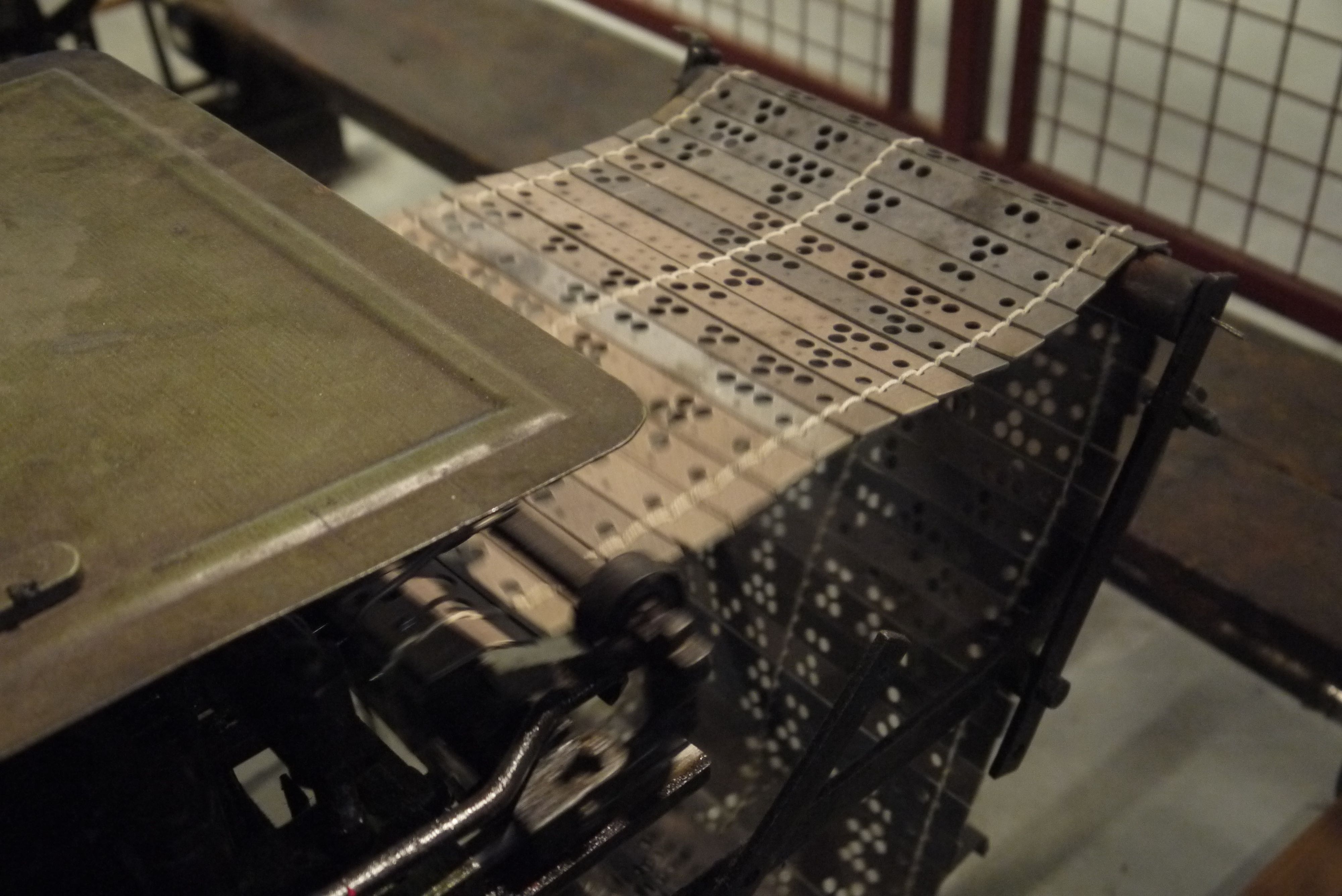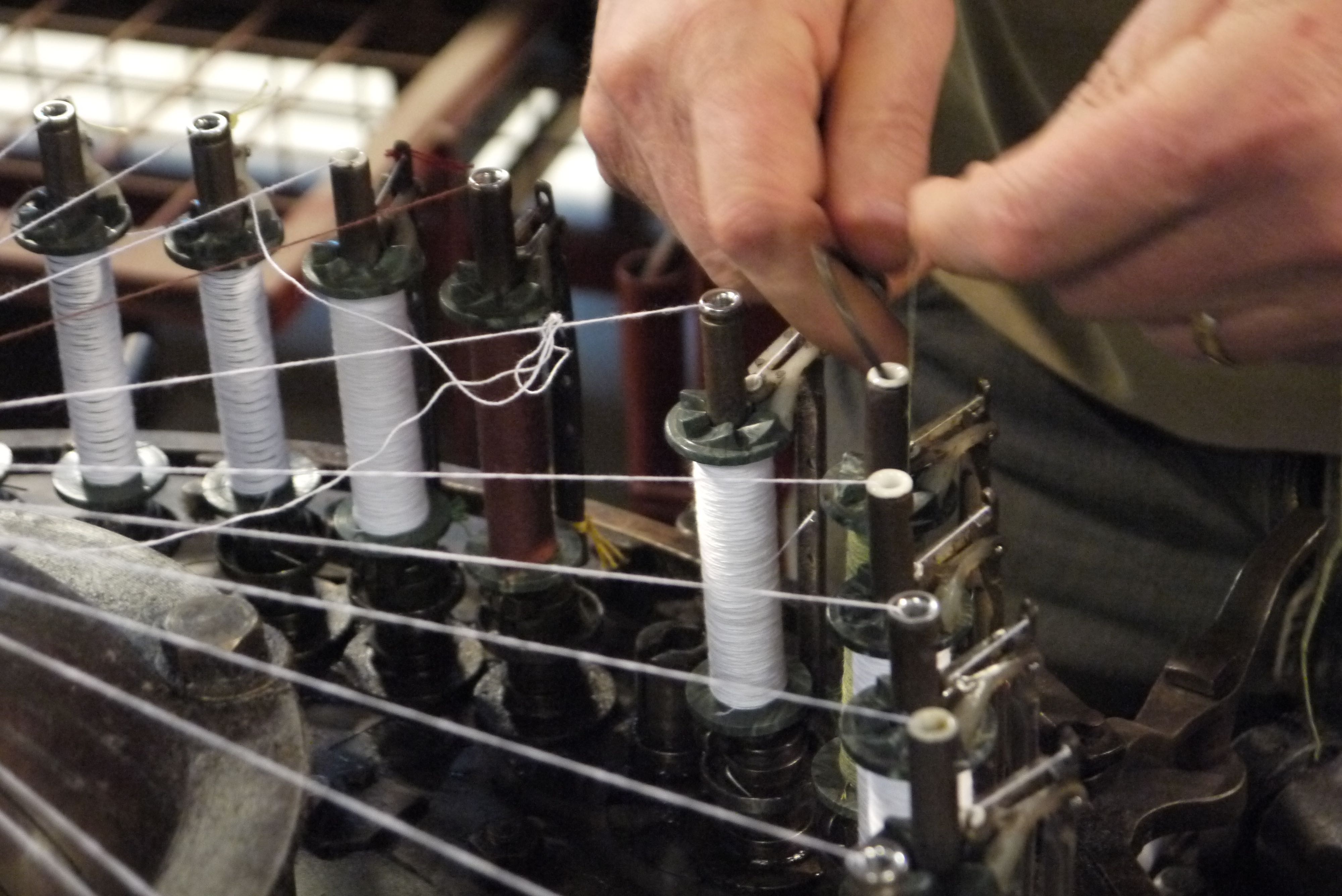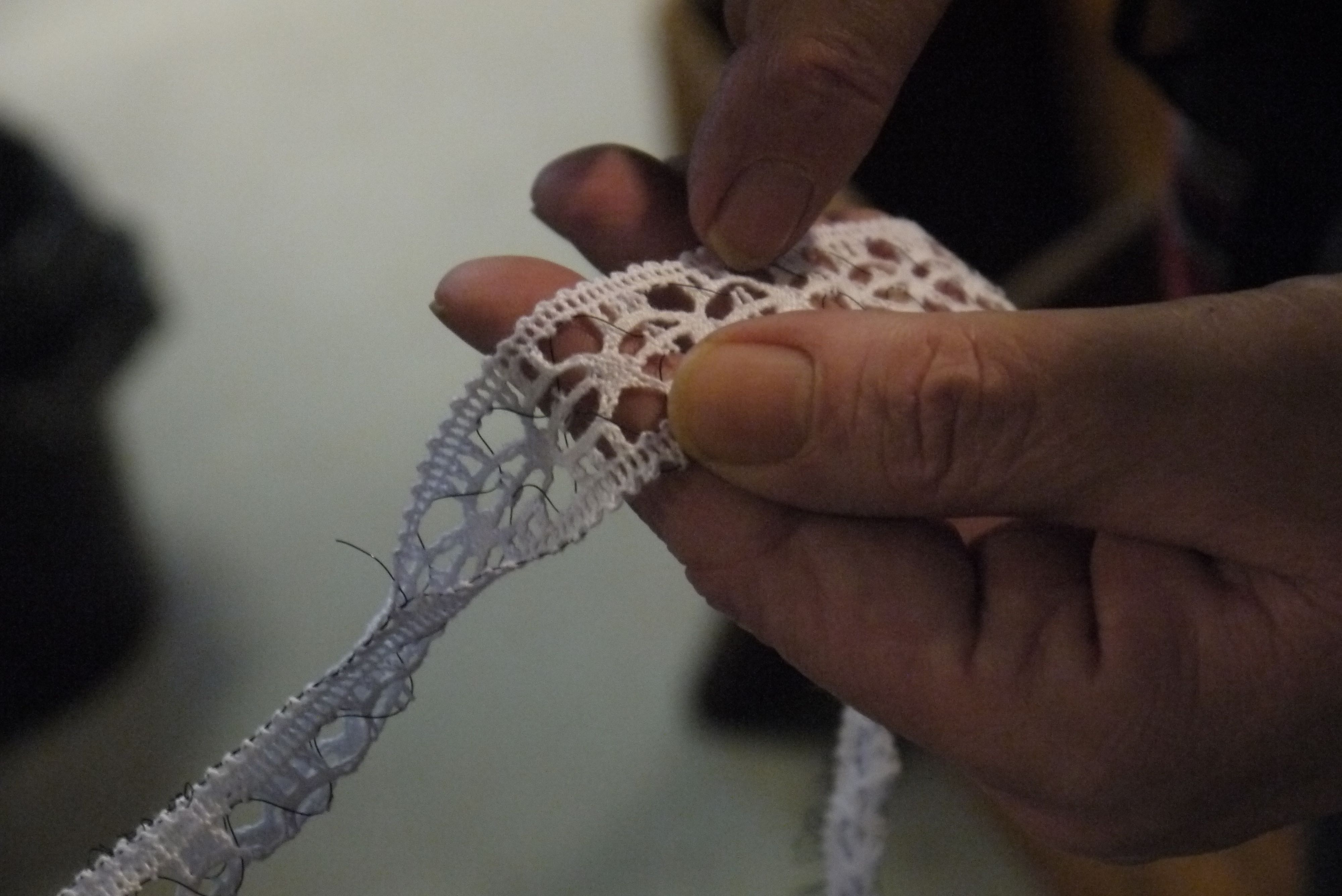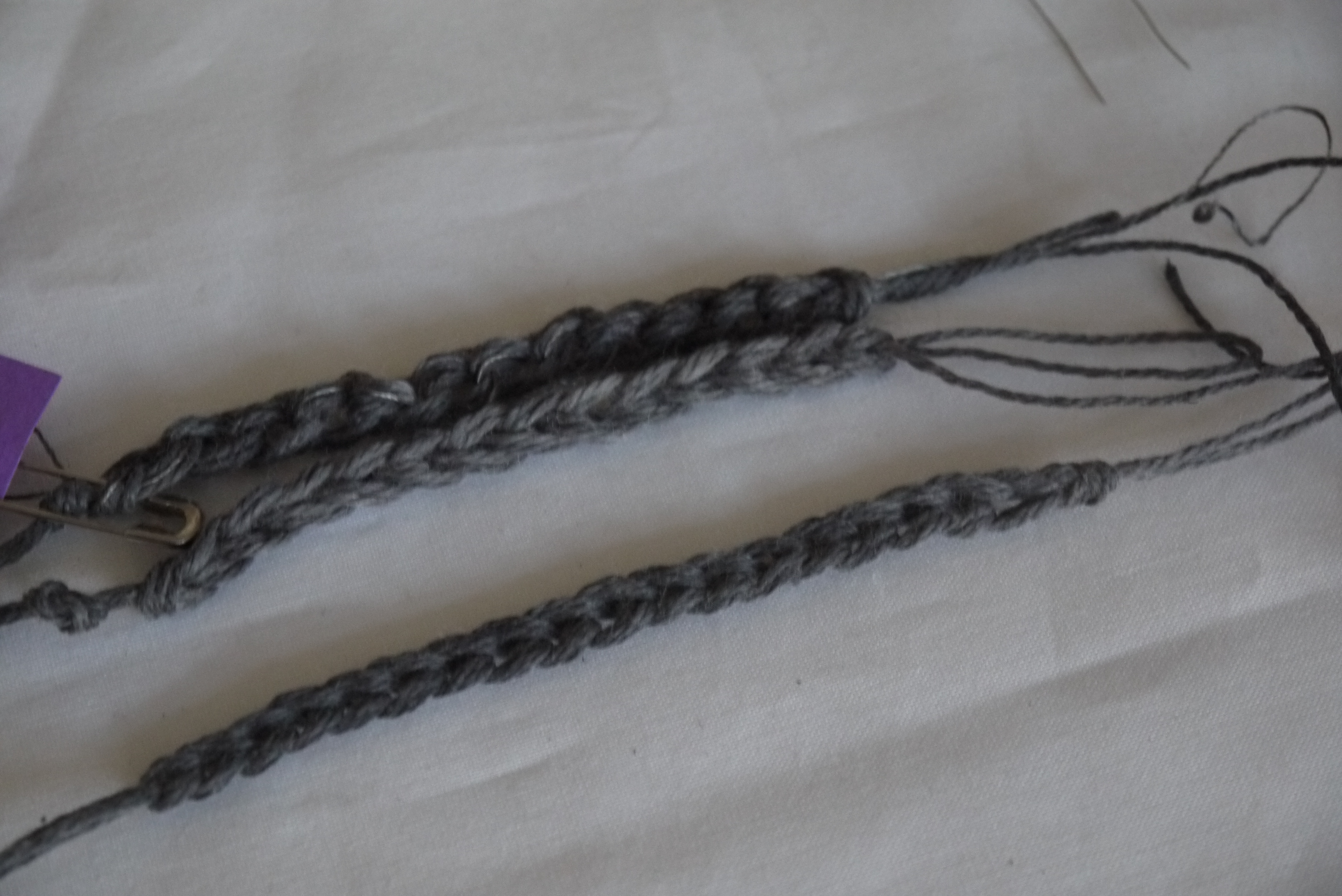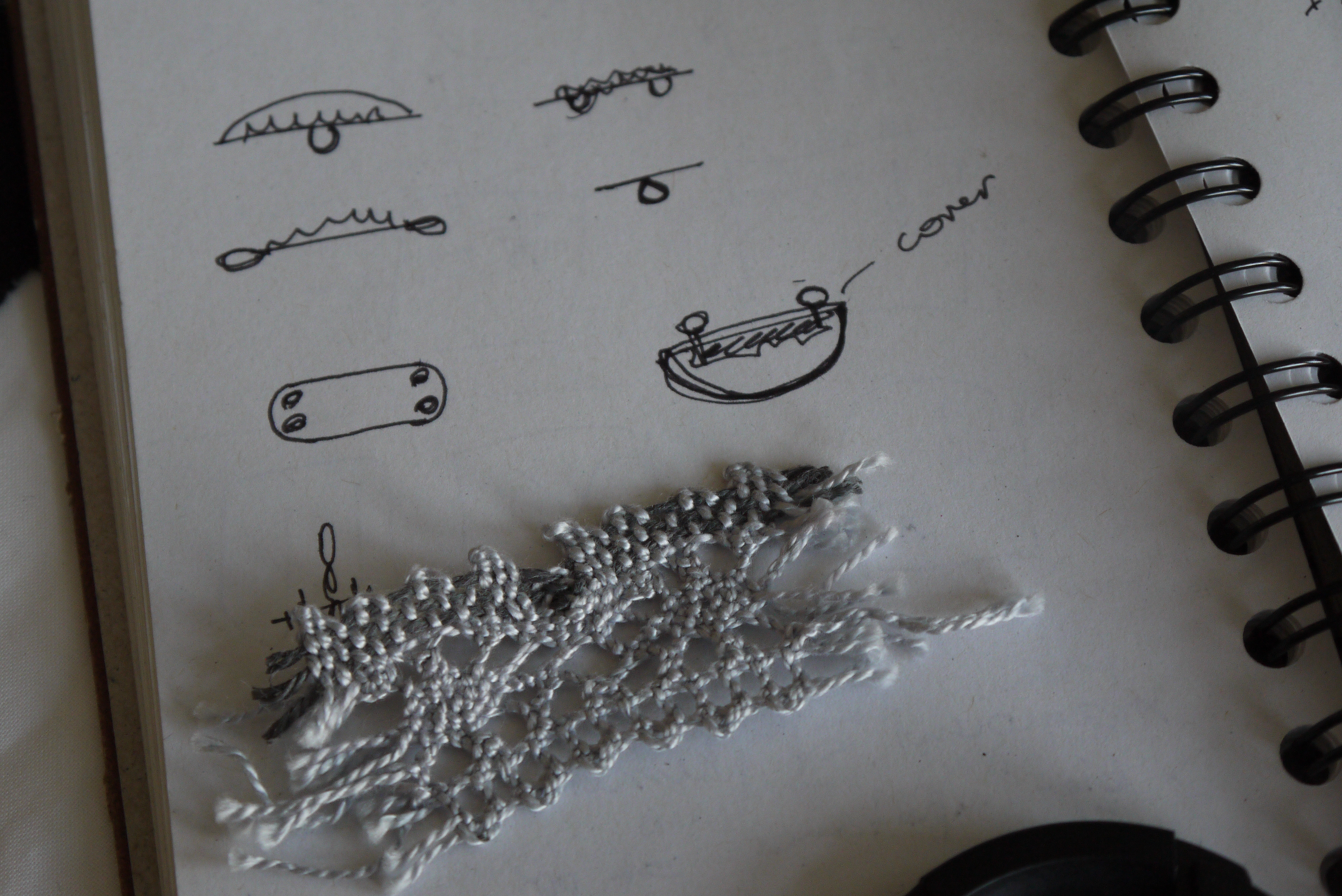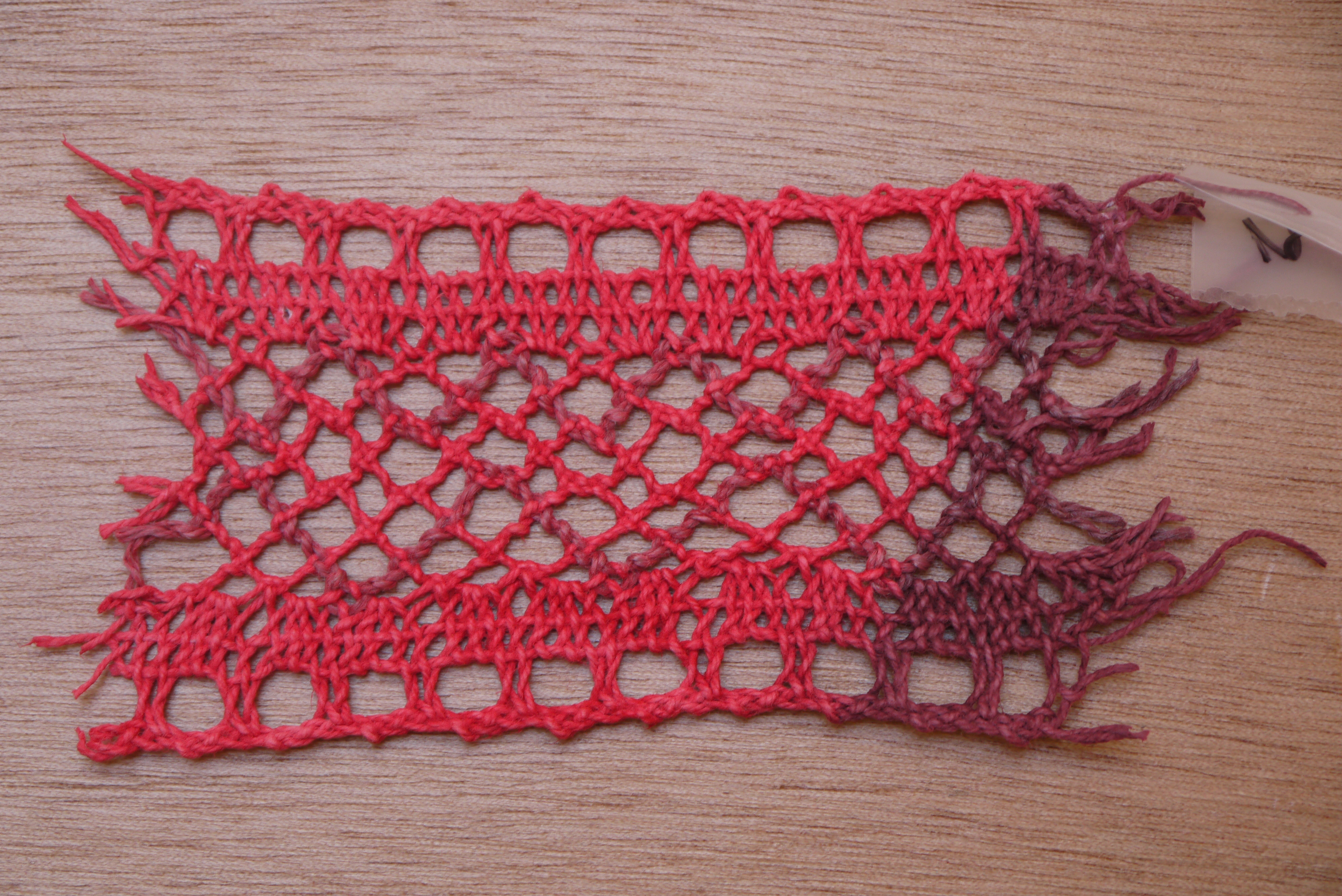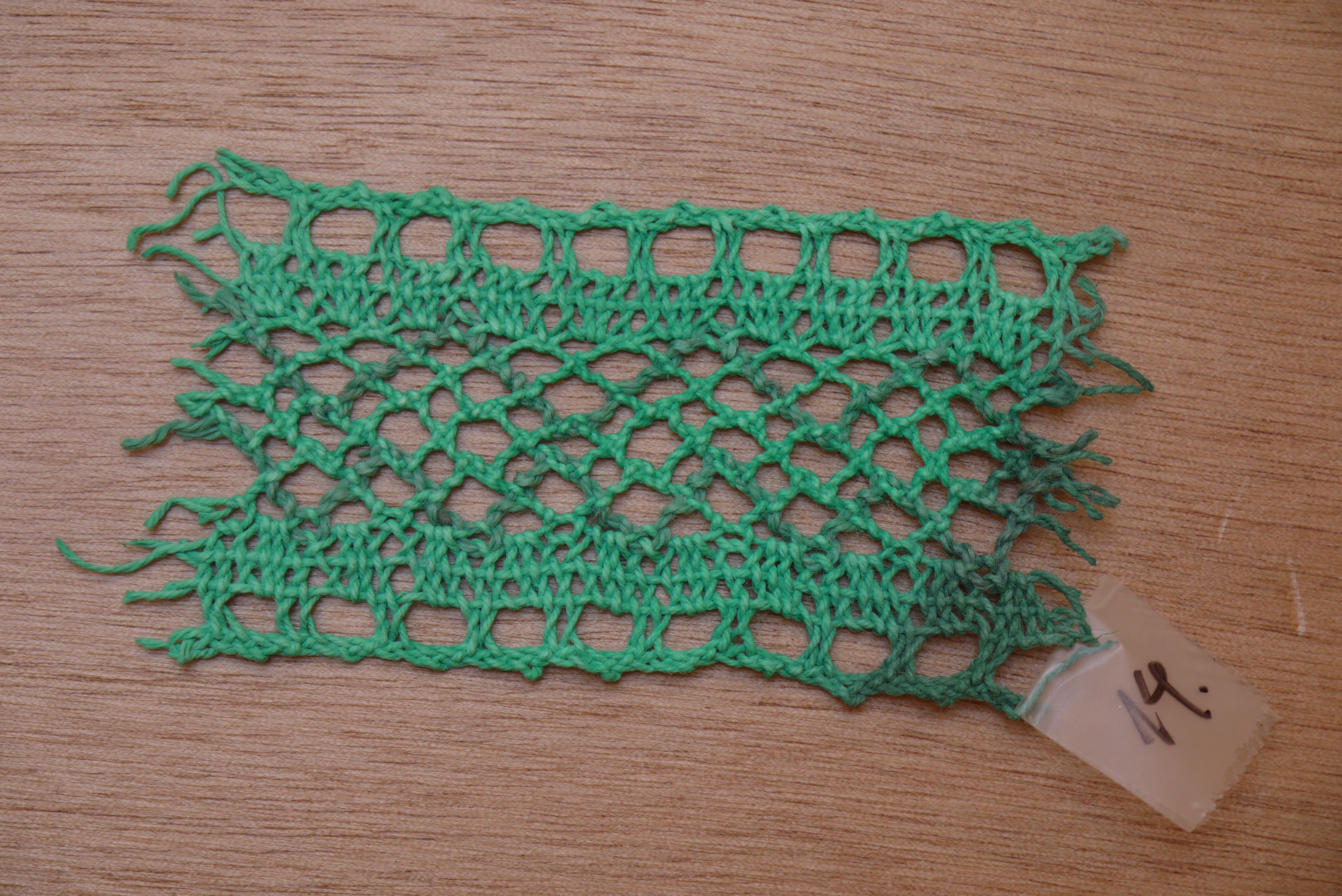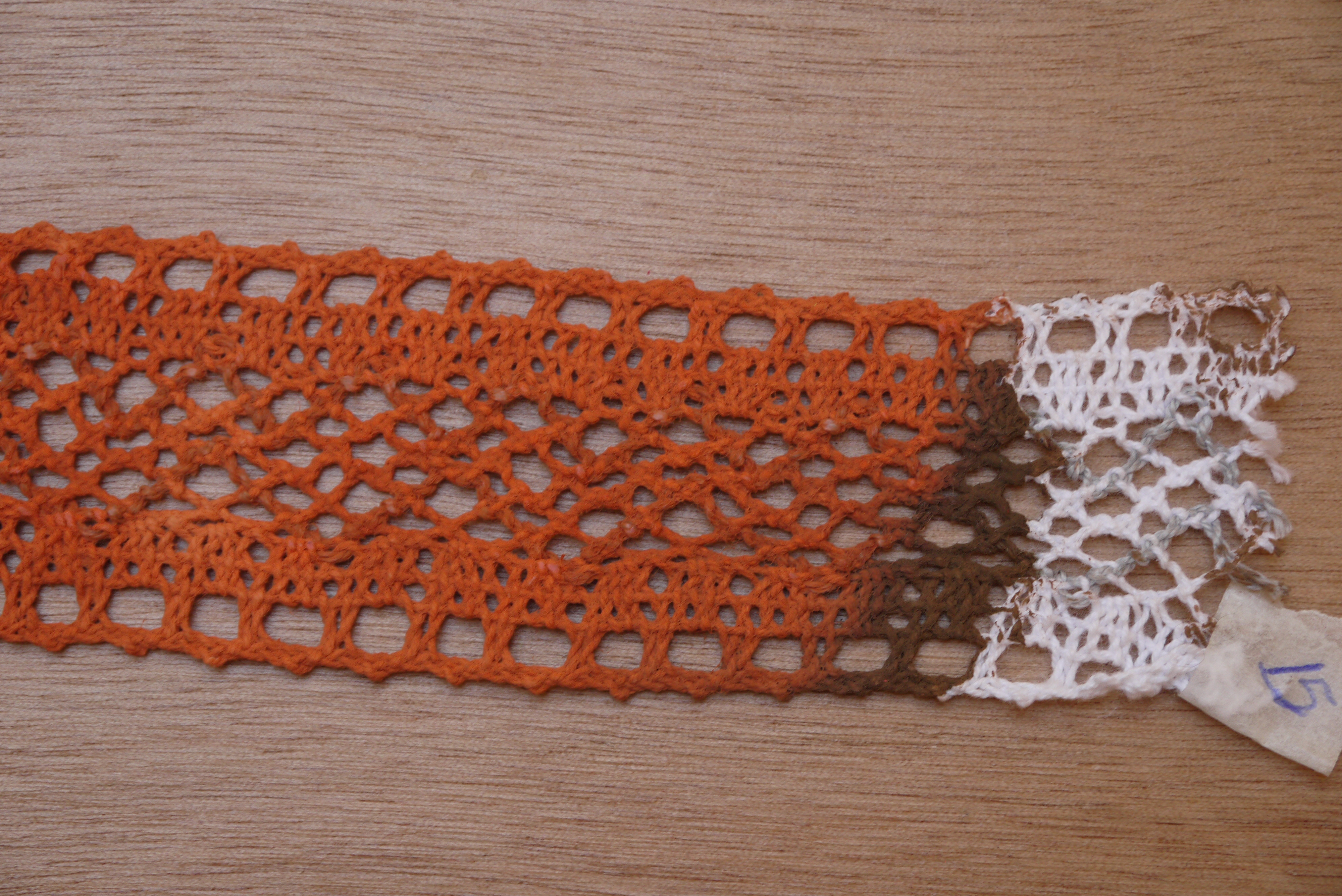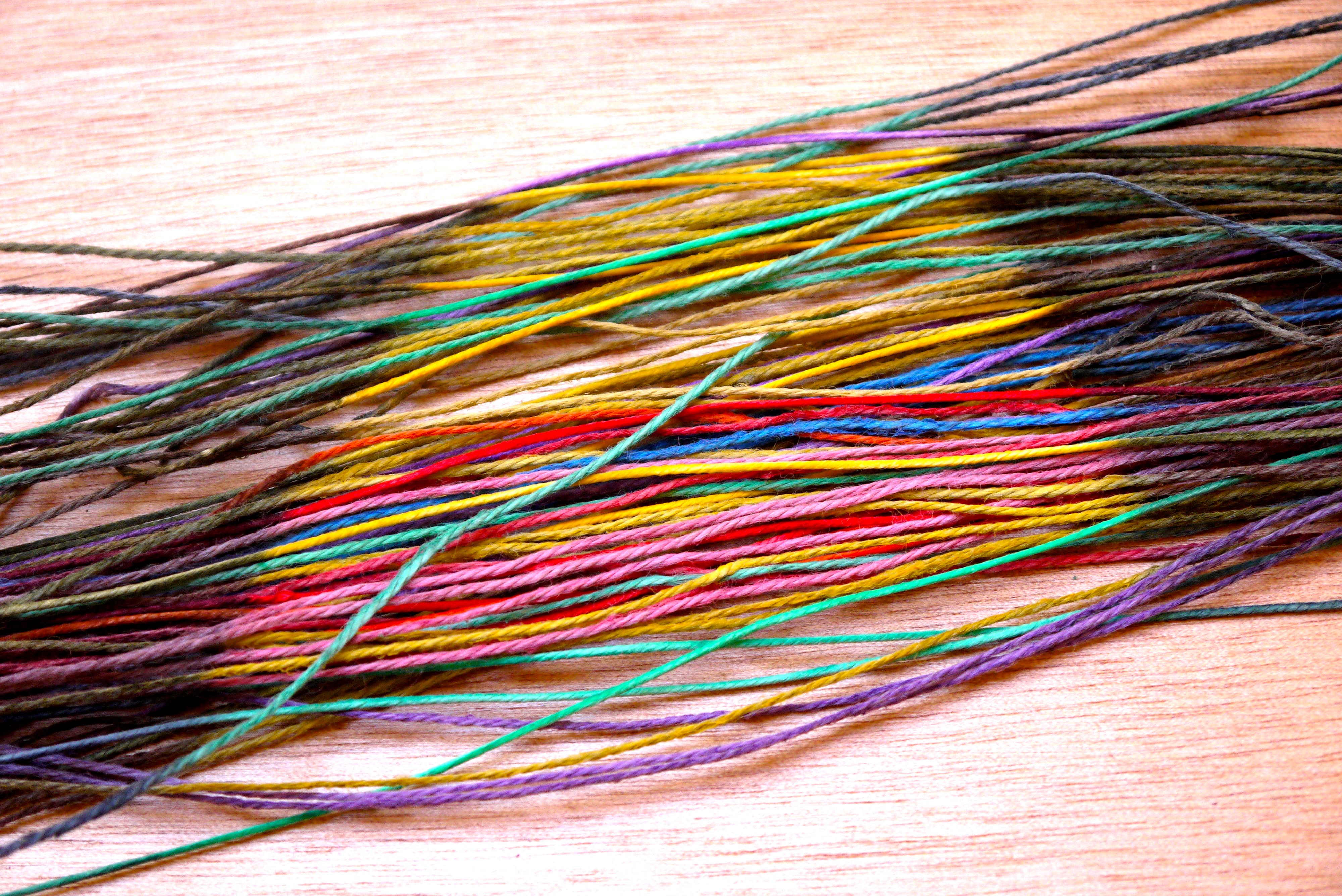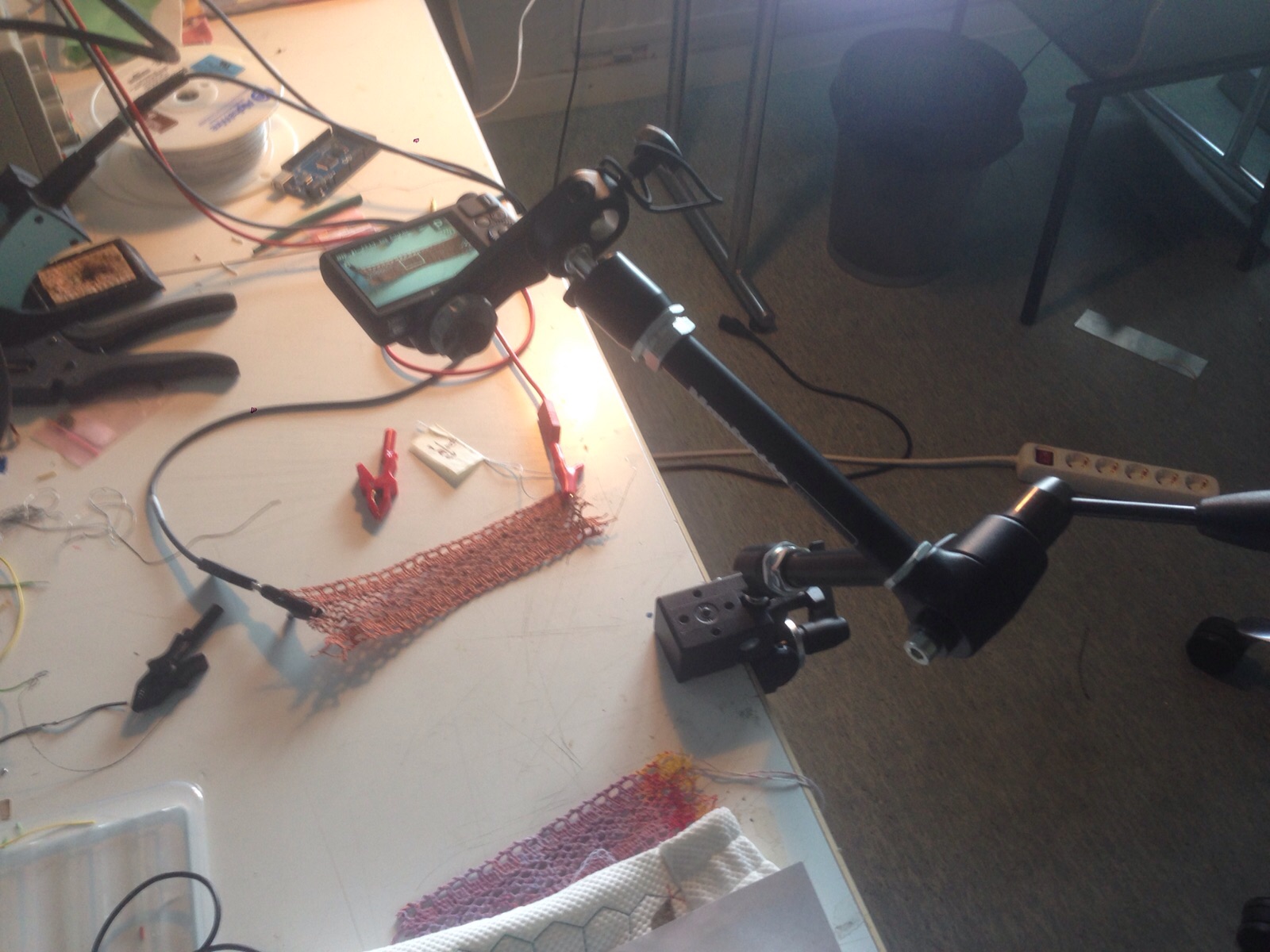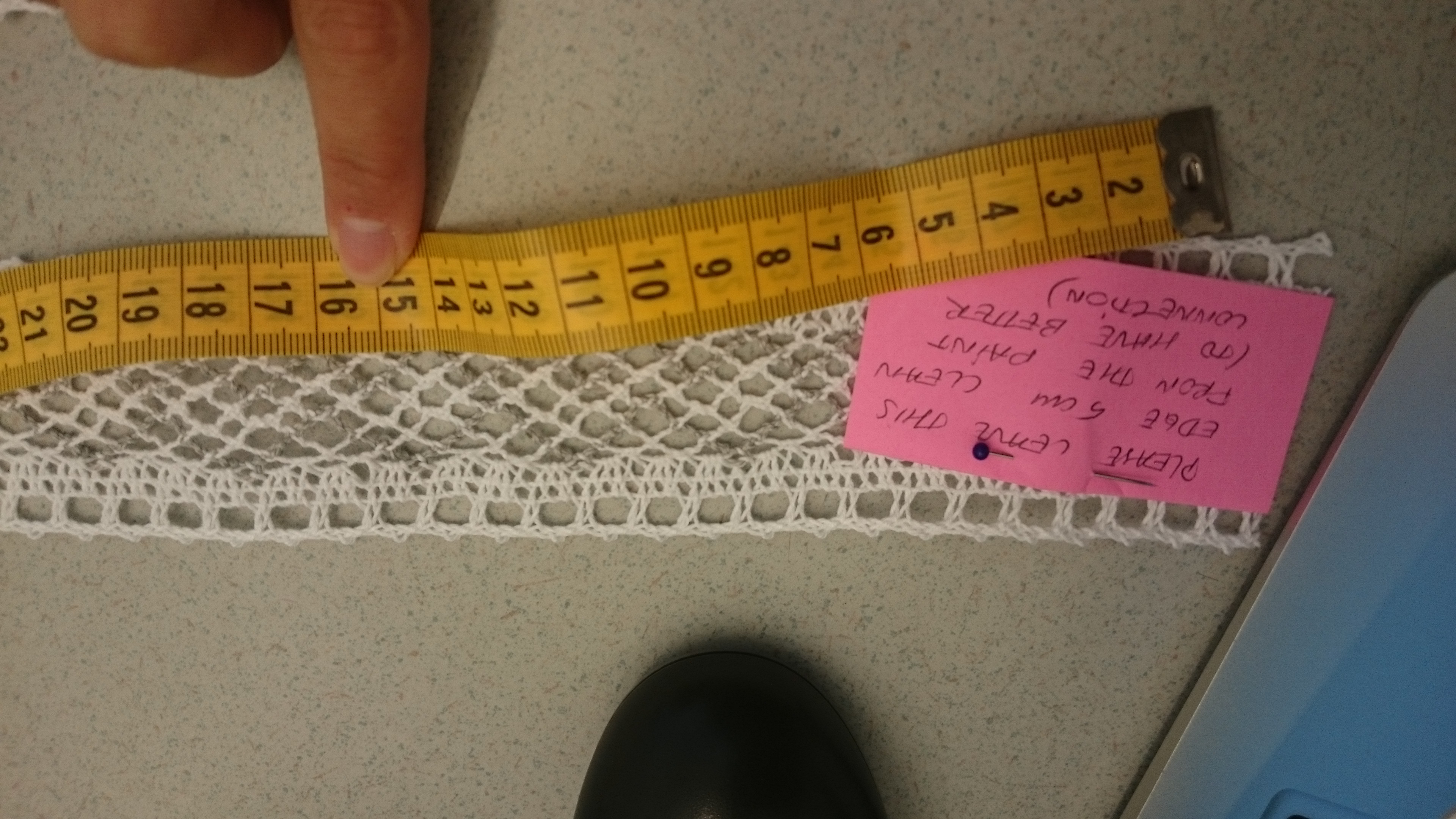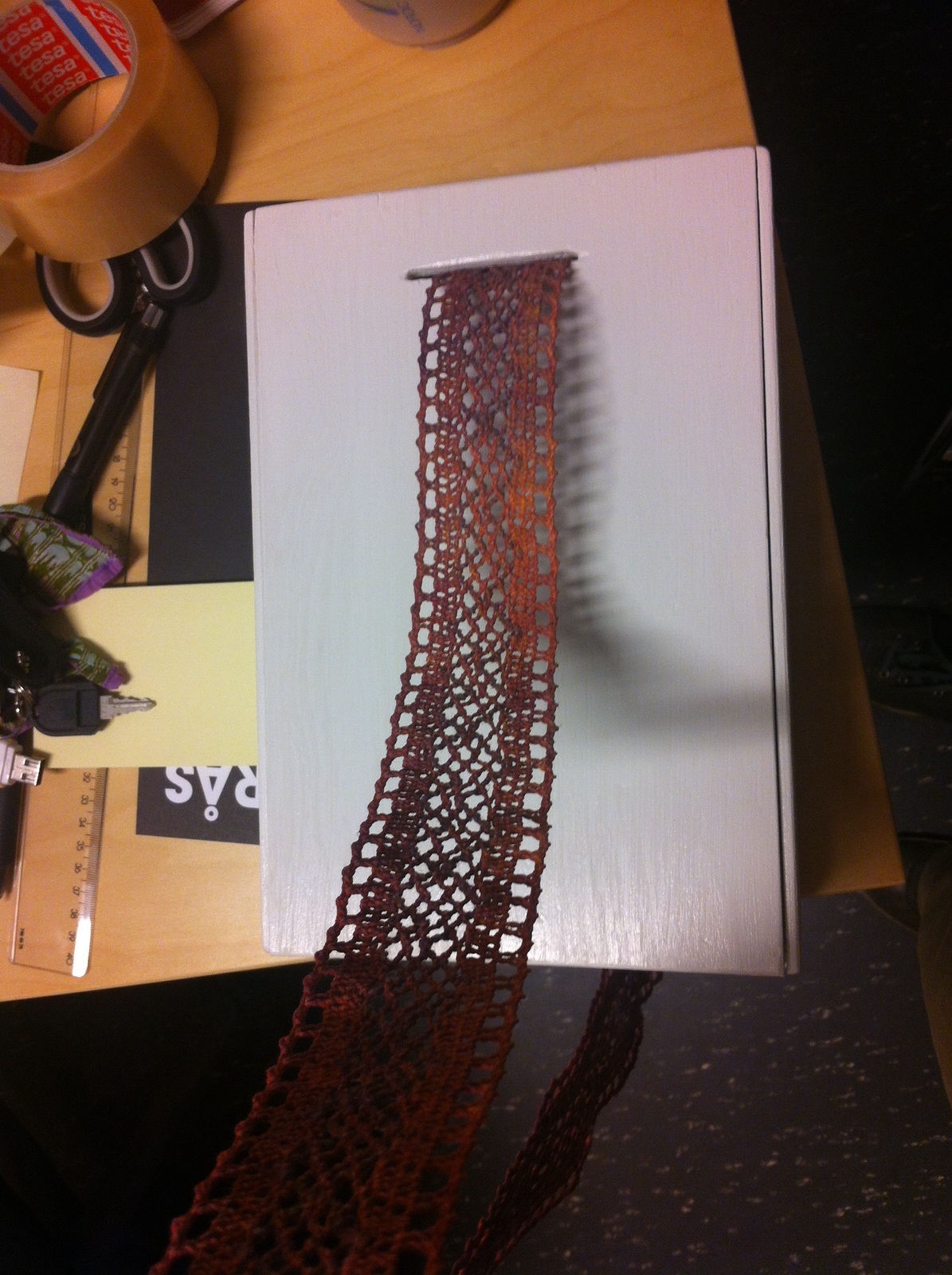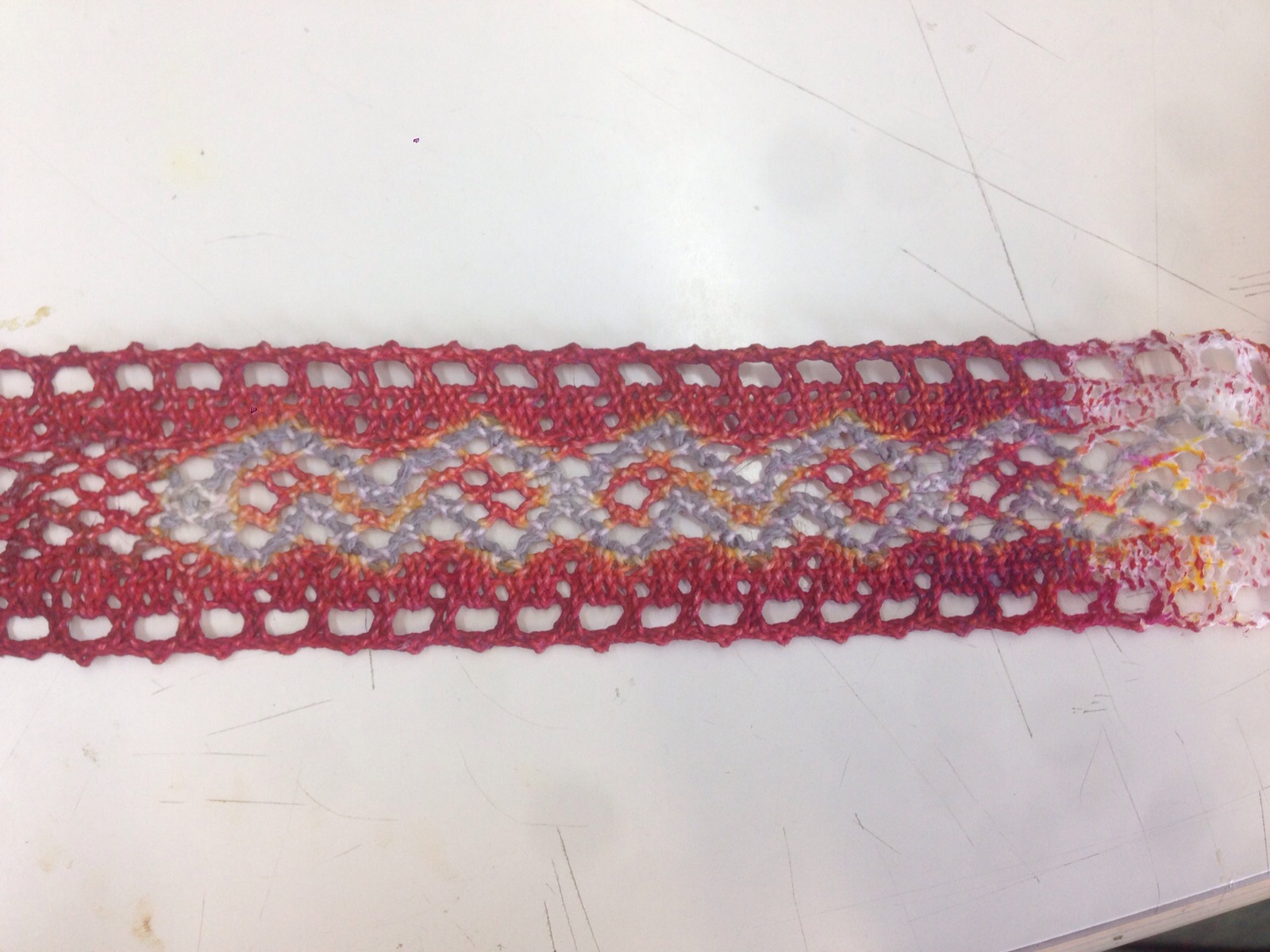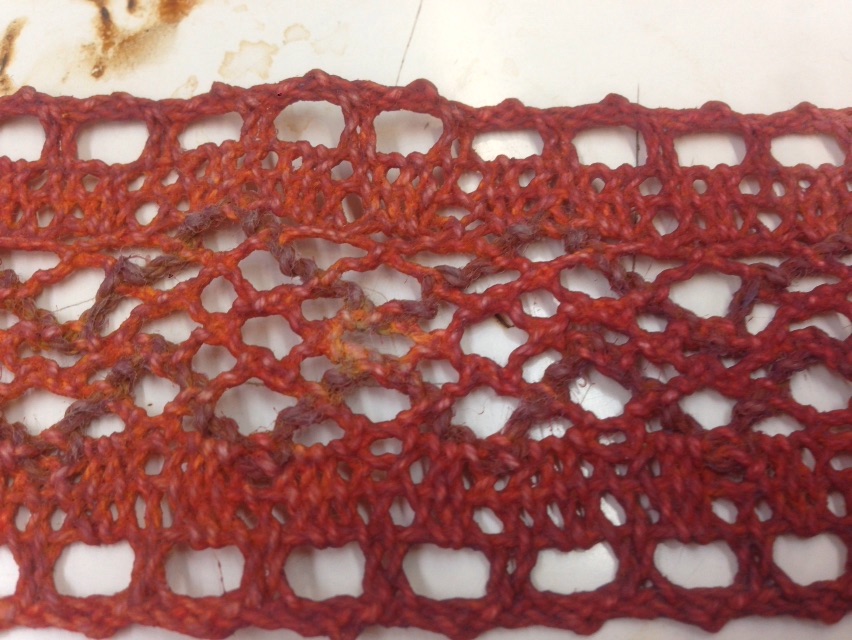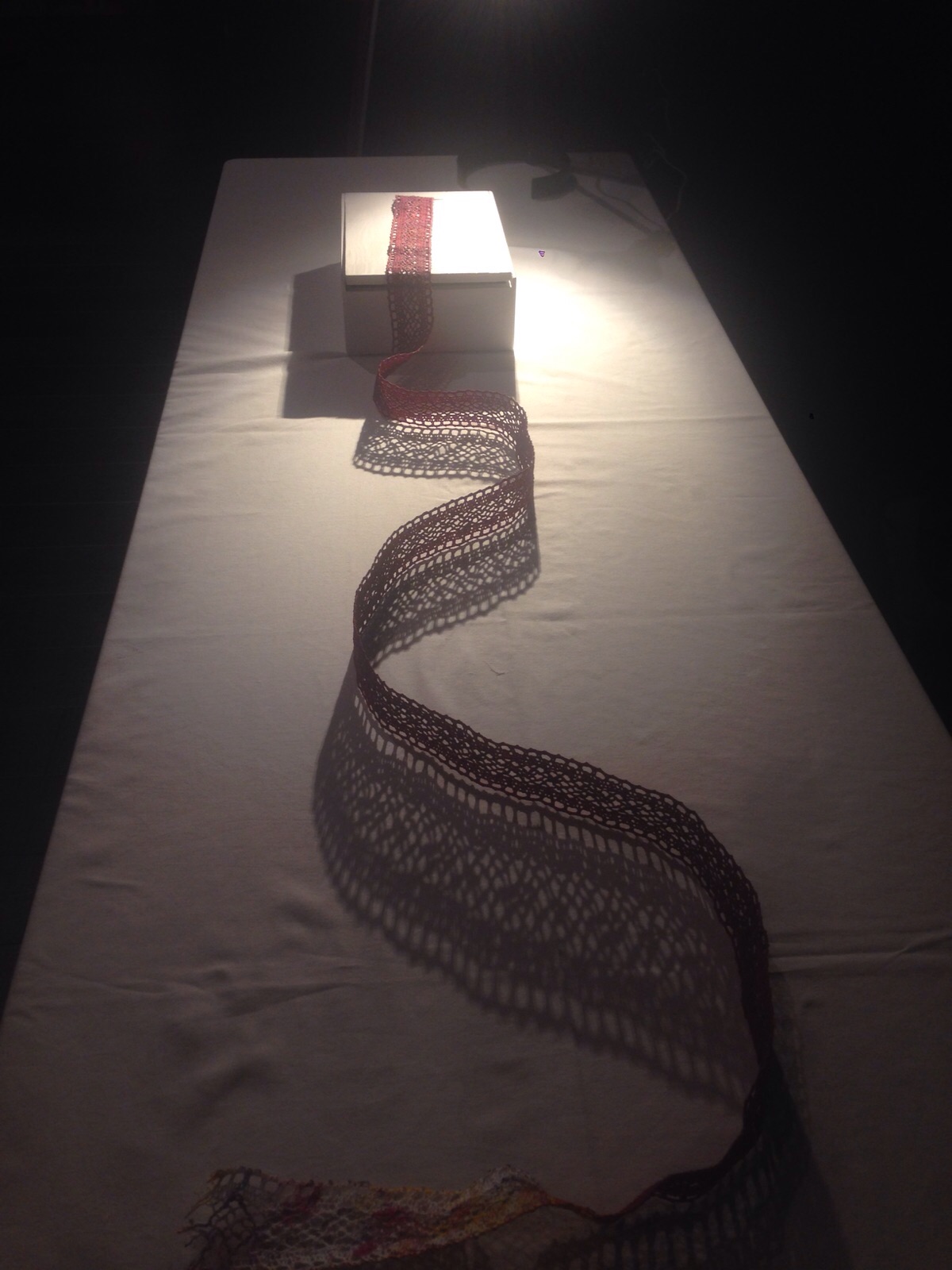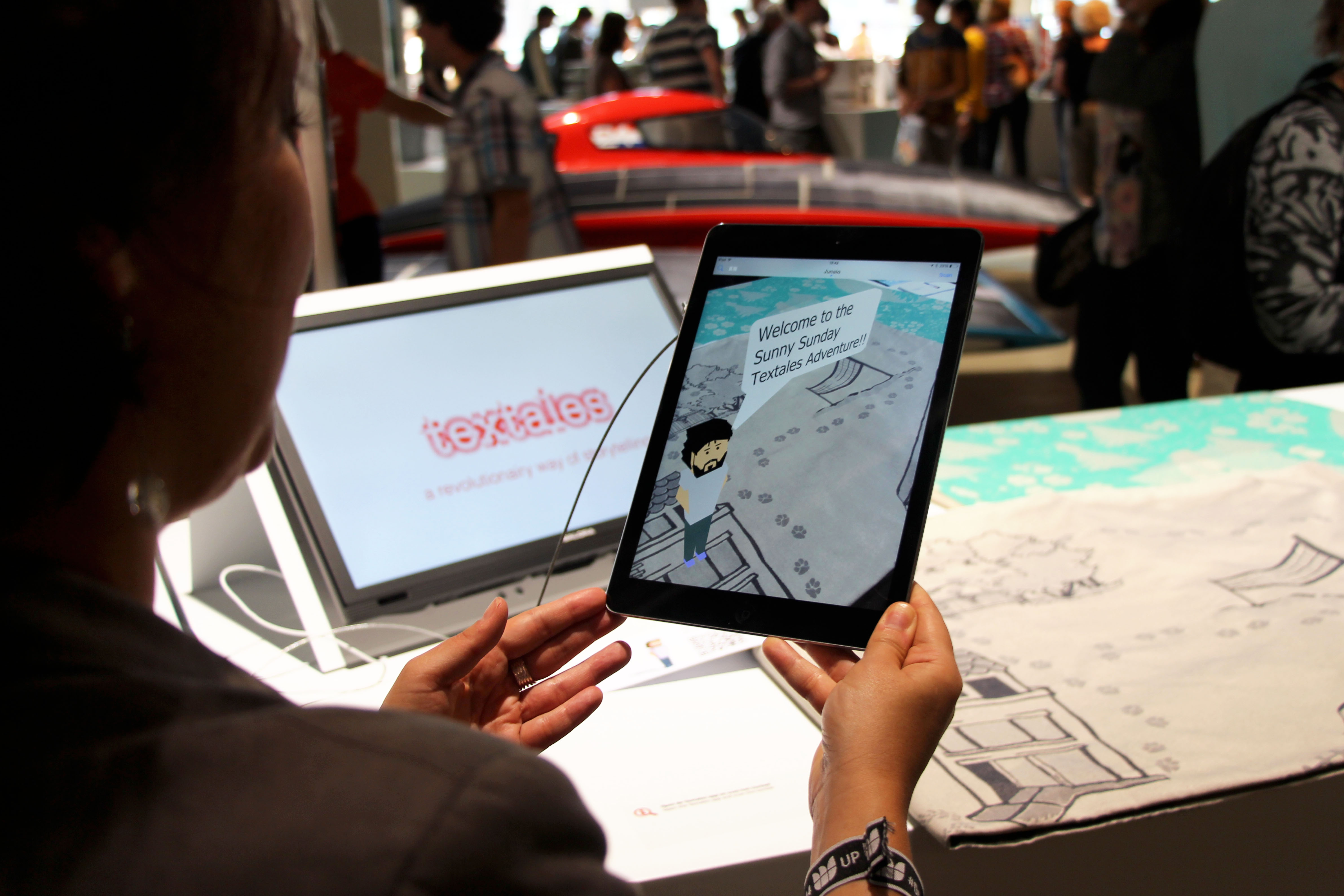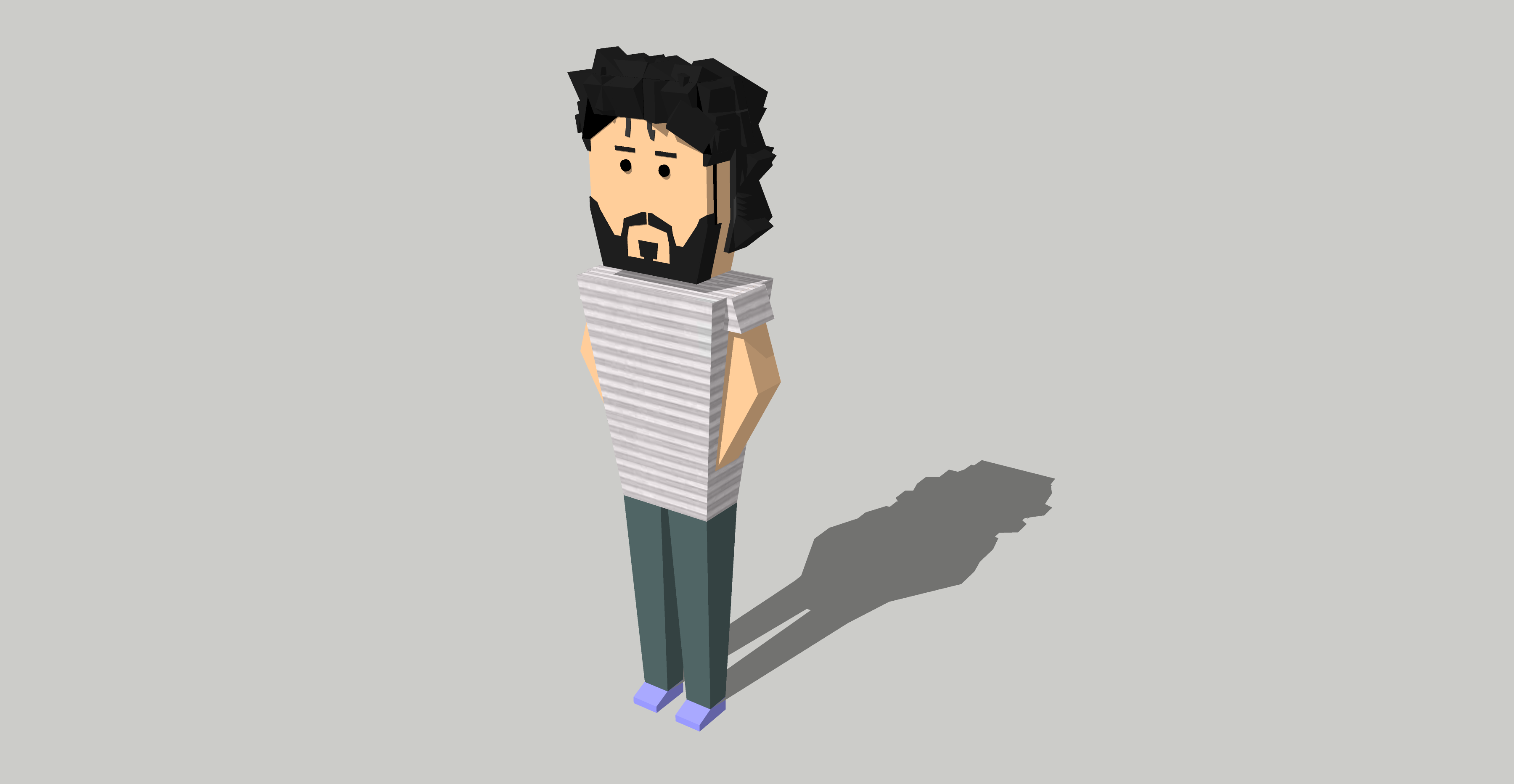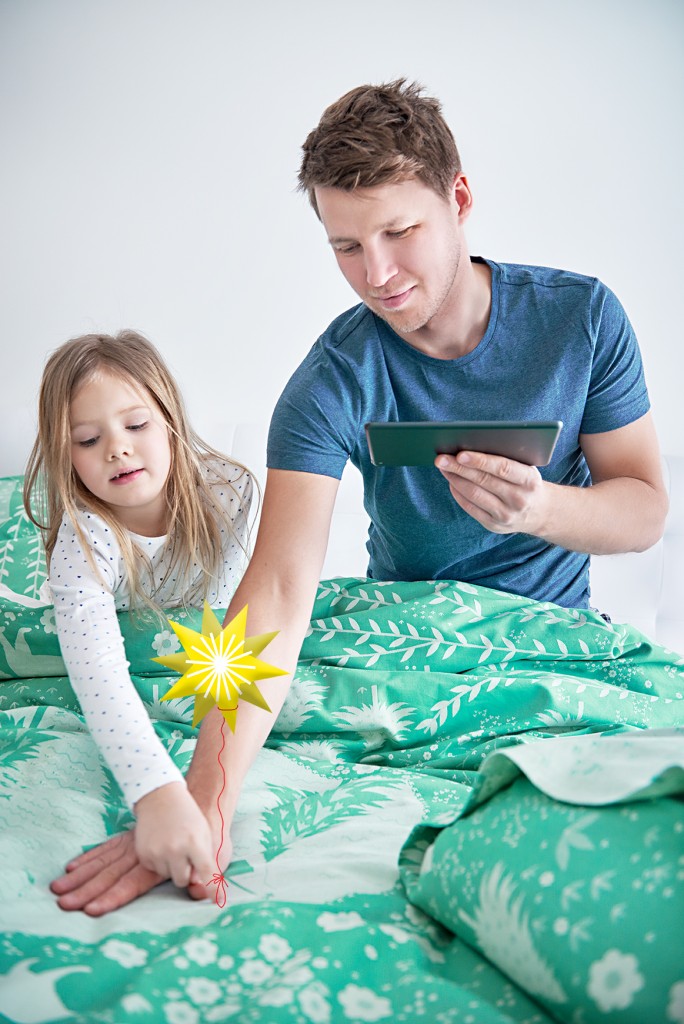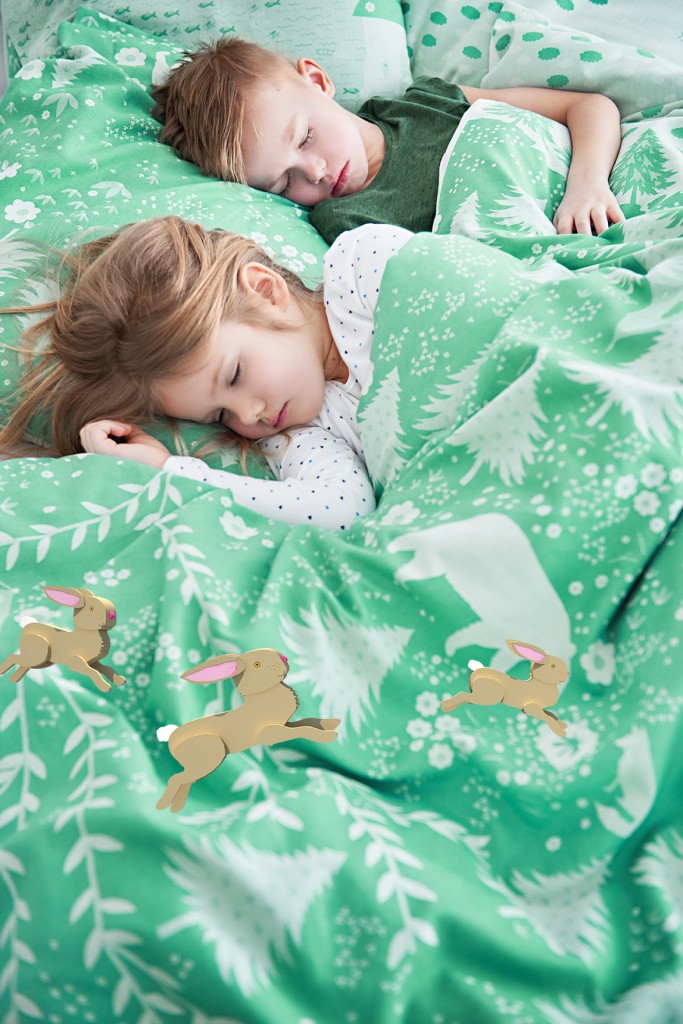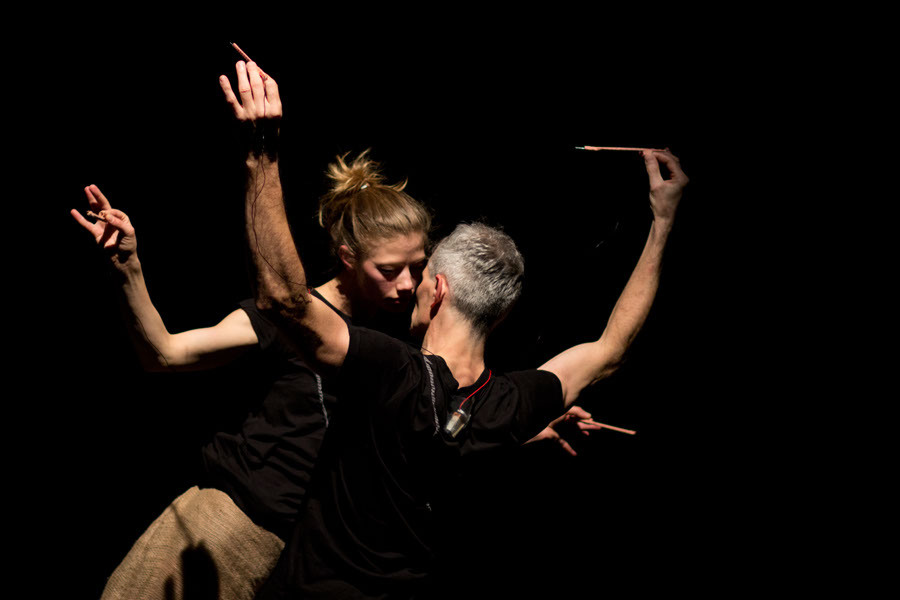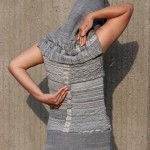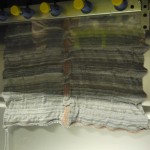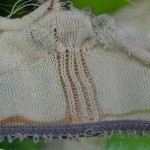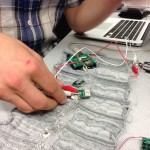MAGIC LINING
Magic Lining is a collaborative project between an artist (Kristi Kuusk) and scientists from the areas of human-computer interaction, psychology and neuroscience (MAGICSHOES). The team works on a prototype that focuses on the possibilities for altering the perception people have of their own body through the garment’s inside. The project focuses on e-textiles to integrate sensory feedback close to the body. The work builds on the insights from scientific project MAGICSHOES and proposes a garment that allows the user to feel as if their body would be made of a different material. In this intersection of neuroscience research on mental body-representation, human-computer interaction and real-life smart textile applications. The project asks questions about the meaning of clothing.
More information:
Kuusk, K., Tajadura-Jiménez, A., Väljamäe, A. 2018. Magic lining: an exploration of smart textiles altering people’s self-perception. Published in: MOCO ’18 Proceedings of the 5th International Conference on Movement and Computing. Article No. 47. Genoa, Italy — June 28 – 30, 2018.
Residency localizations:
Main localization: Universidad Loyola Andalucia, Calle Energía Solar, 1, 41014 Sevilla, Spain
DEI Interactive Systems Group, Departamento de Informática, Universidad Carlos III de Madrid
HCI group, School of Digital Technologies, Tallinn University

